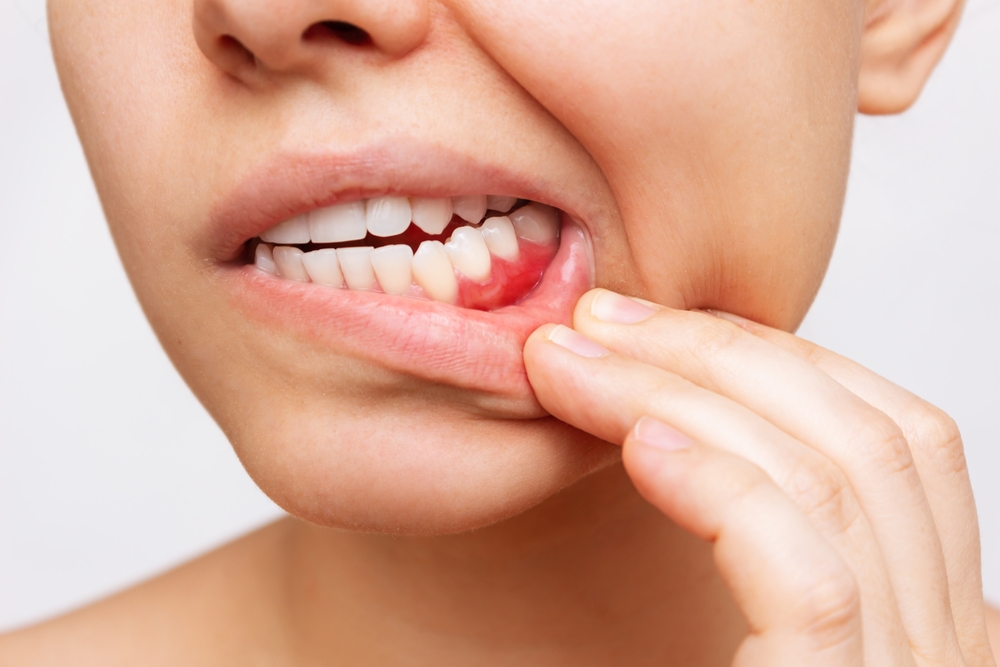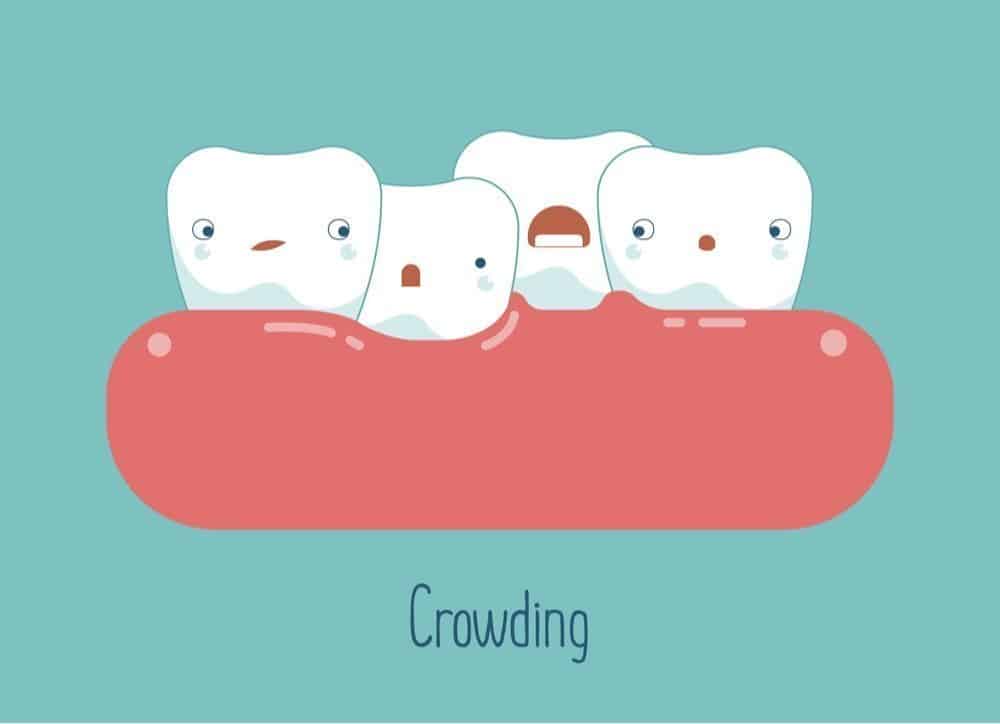Benefits of Having Aligned Teeth
A radiant smile isn’t merely about aesthetics. Beyond the confidence that a straight set of pearly whites can bestow, aligned teeth offer a plethora of health and functional benefits. Many might wonder if the journey through orthodontics is worth the effort. At Ahava Orthodontics, we passionately believe that it is, for reasons that extend beyond just a beautiful smile. With advancements in orthodontic treatments, achieving aligned teeth has never been easier, and traditional braces remain a leading solution for many. Enhanced Oral Hygiene Misaligned or crowded teeth can create hard-to-reach niches in your mouth, making cleaning a challenge. These hidden spaces often harbor food particles and bacteria, leading to plaque build-up, tooth decay, and gum disease. Aligned teeth, on the other hand, are easier to brush and floss, reducing the risk of cavities and promoting overall oral health. Lowered Risk of Tooth Damage Protruding or misaligned teeth are more susceptible to chipping, cracking, or breaking, especially during [...]










